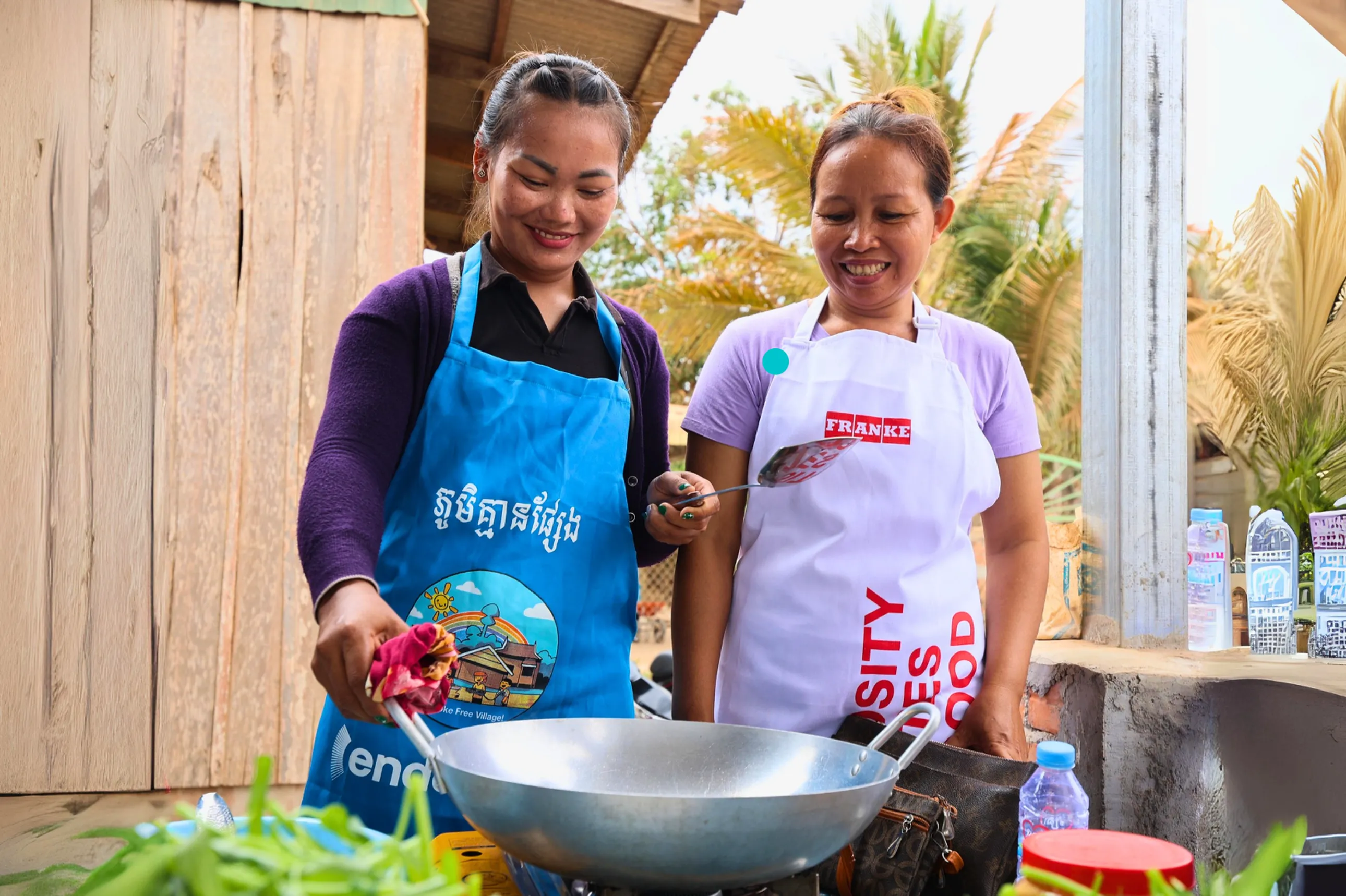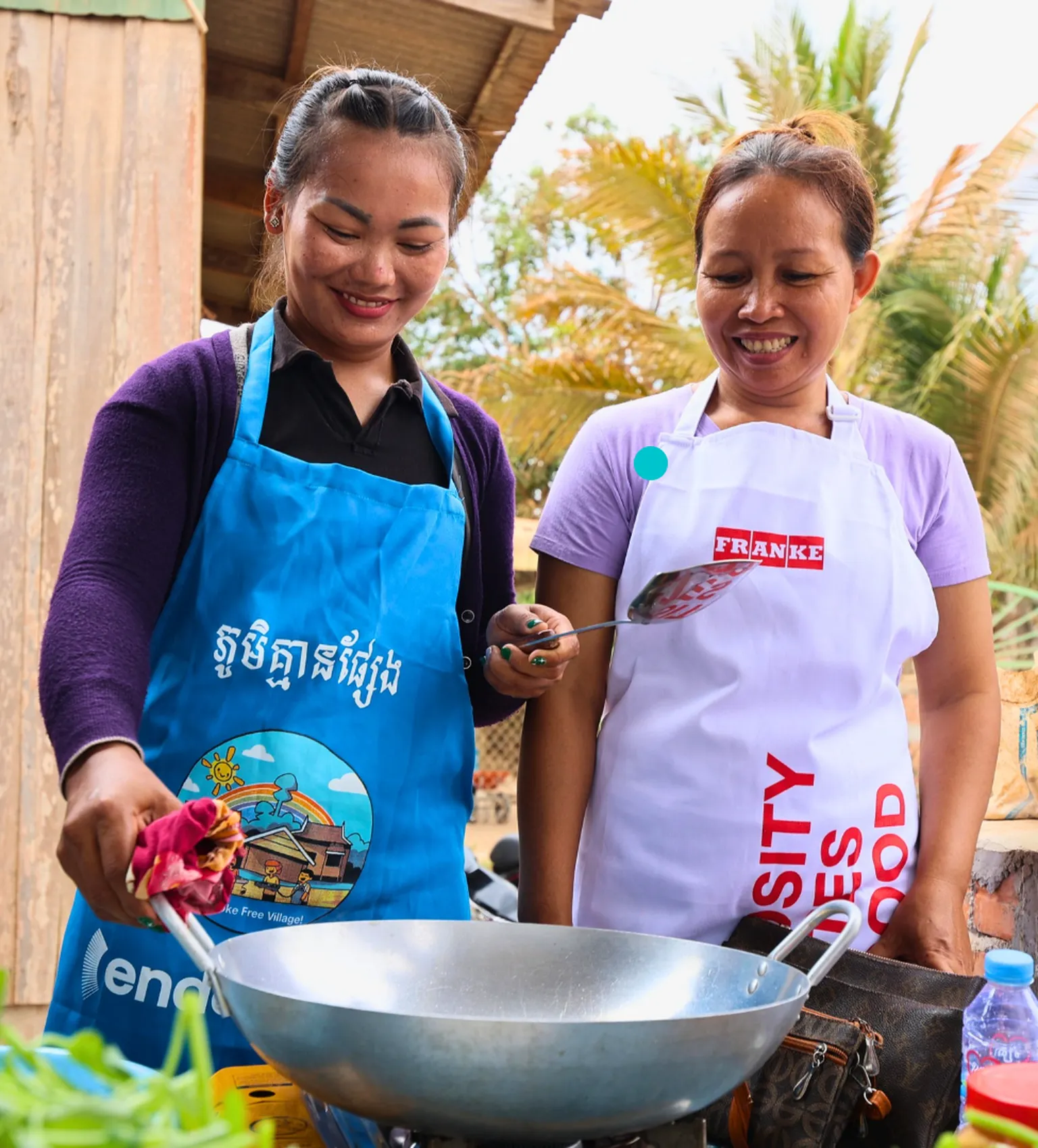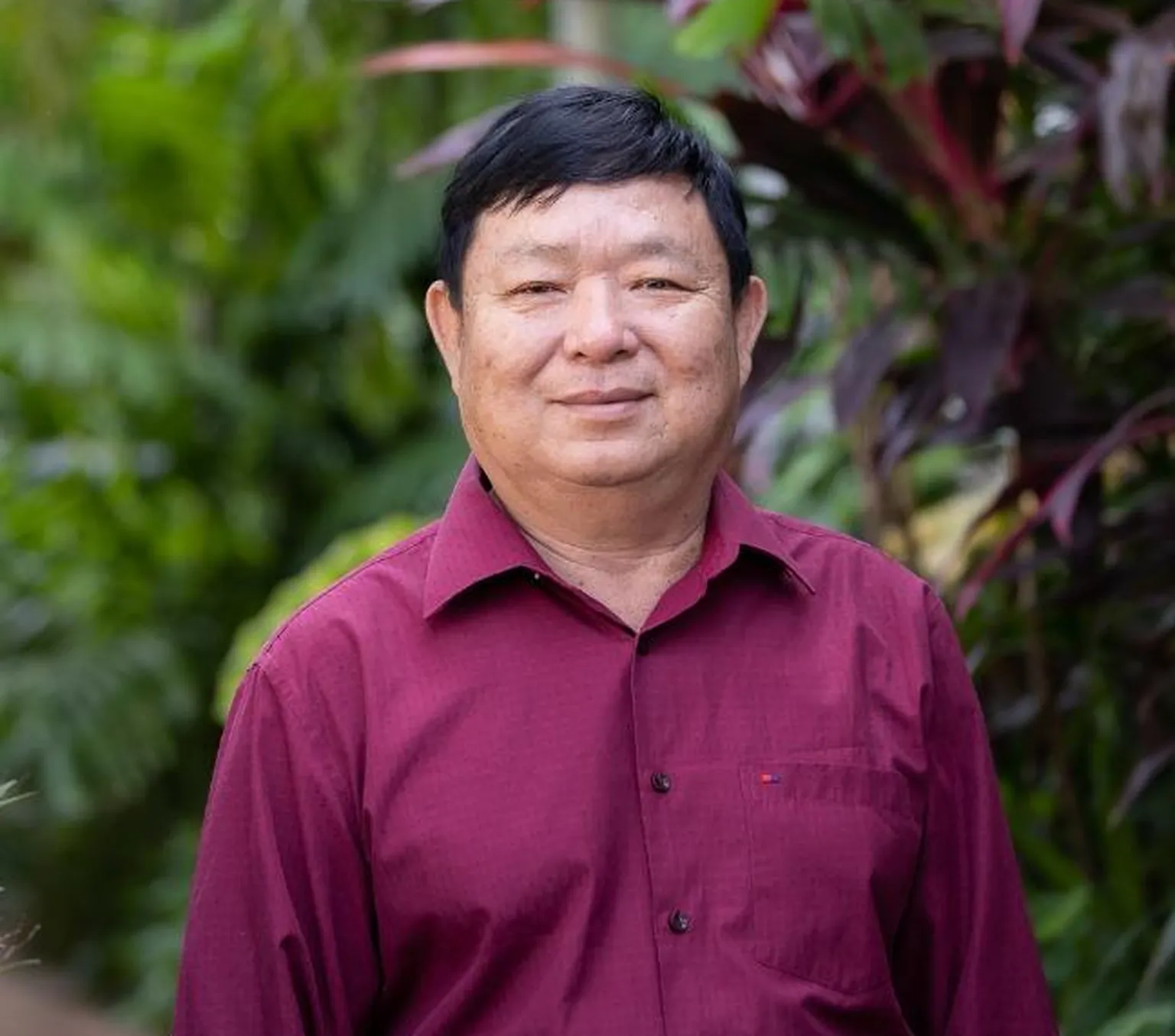Smoke Free Villages
Cambodia,
ongoing

The Smoke-Free Village approach accelerates the transition from using traditional fuels to clean cooking energy in rural villages, through the provision of behavioural change communication, supply chain support, and enhanced governance.
The Smoke-Free Village approach accelerates the transition from using traditional fuels to clean cooking energy in rural villages, through the provision of behavioural change communication, supply chain support, and enhanced local governance.
Despite increased access to electricity and other clean fuels, rural households still rely on firewood and traditional fuels because cooking habits are rooted in deep cultural beliefs, perceptions about costs, fear of the new technology, and generally low awareness of alternatives.
Approach
SNV has steadily been developing its Smoke-Free Village approach in Cambodia since 2021. This gender-sensitive approach encourages communities to take shared and collective action about smoke in the community.
The work begins with awareness-raising events such as village meetings, school gatherings, door-to-door visits, and supplier cooking demonstrations. Everything is designed to trigger a discussion around cooking norms and a shared future vision.
Smoke-Free Village works with various community leaders to further spread the message, including teachers, monks, village health workers, and doctors. Local authorities play a pivotal role by organising the events and monitoring progress at the household level. Building on previous experience with Community-Led Total Sanitation, the SFV approach has been expanding from Cambodia to other countries, demonstrating that behavioural change communication can significantly change cooking behaviours.
As demand for cleaner cooking is triggered, the private sector should be primed to respond to the increased demand. Local shop owners see more opportunities to sell cookstoves and clean fuels, and positive synergies are realised.
For longer-lasting systems-level change, SFV combines the core supply and demand work with capacity strengthening of institutions, from village levels up to (inter) national level. These are increasingly formalised through MoUs with the national and subnational governments, not only with Energy ministries but, increasingly, with those tasked with health and rural development.
Expected results
By 2026, the Smoke-Free Villages approach will have scaled to 450 villages in Cambodia, expanding the potential for substantive change to cooking behaviours in Kampot, Kampong Speu, Battambang and Siem Riep provinces.
100,000 households
200 schools, pagodas, and health centres
150 last-mile cookstove suppliers
The Government's engagement is tracked through its budget allocation and policy measures.
Beyond target villages, neighbouring villages are monitored to track if new norms are in place.









